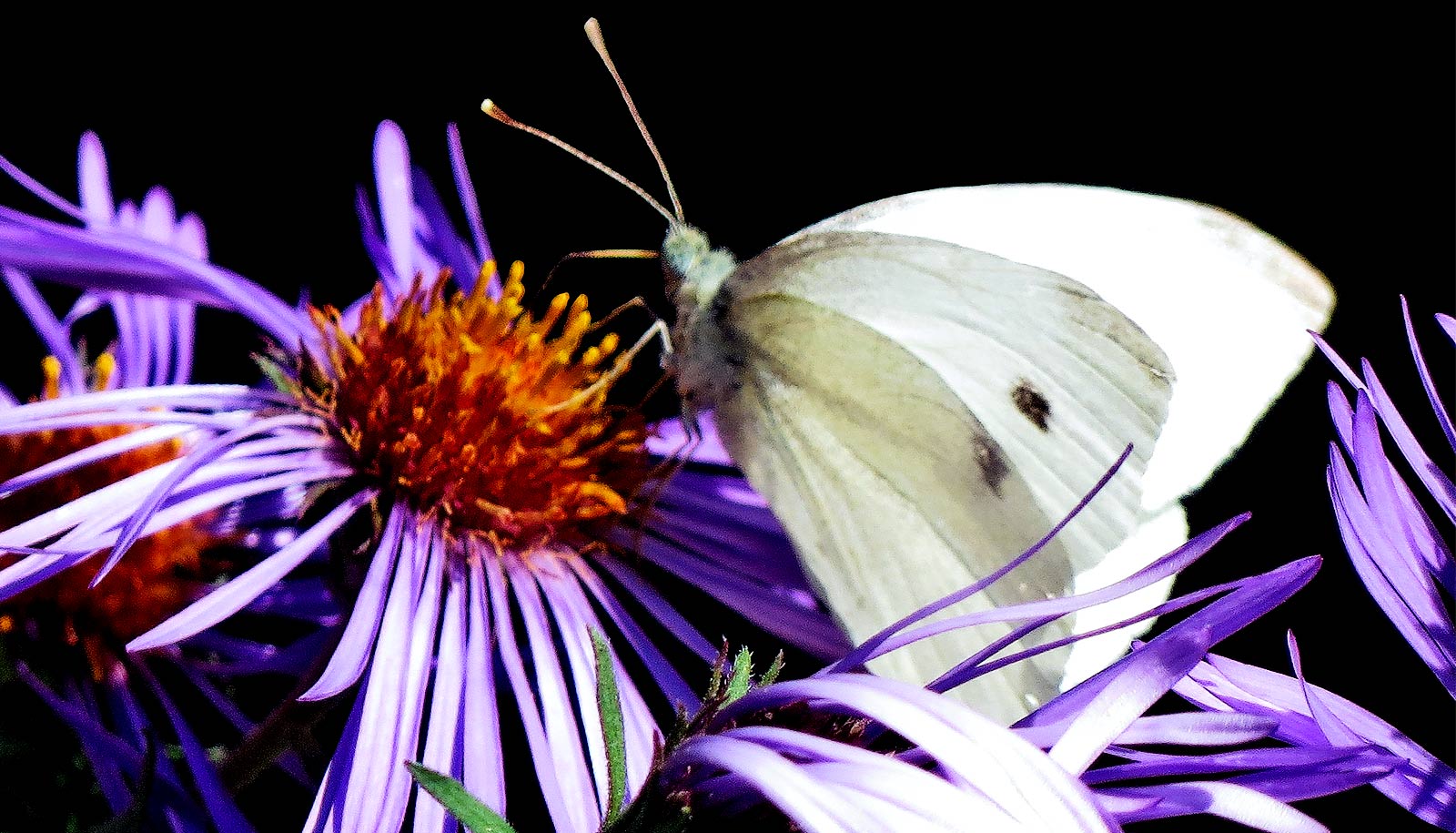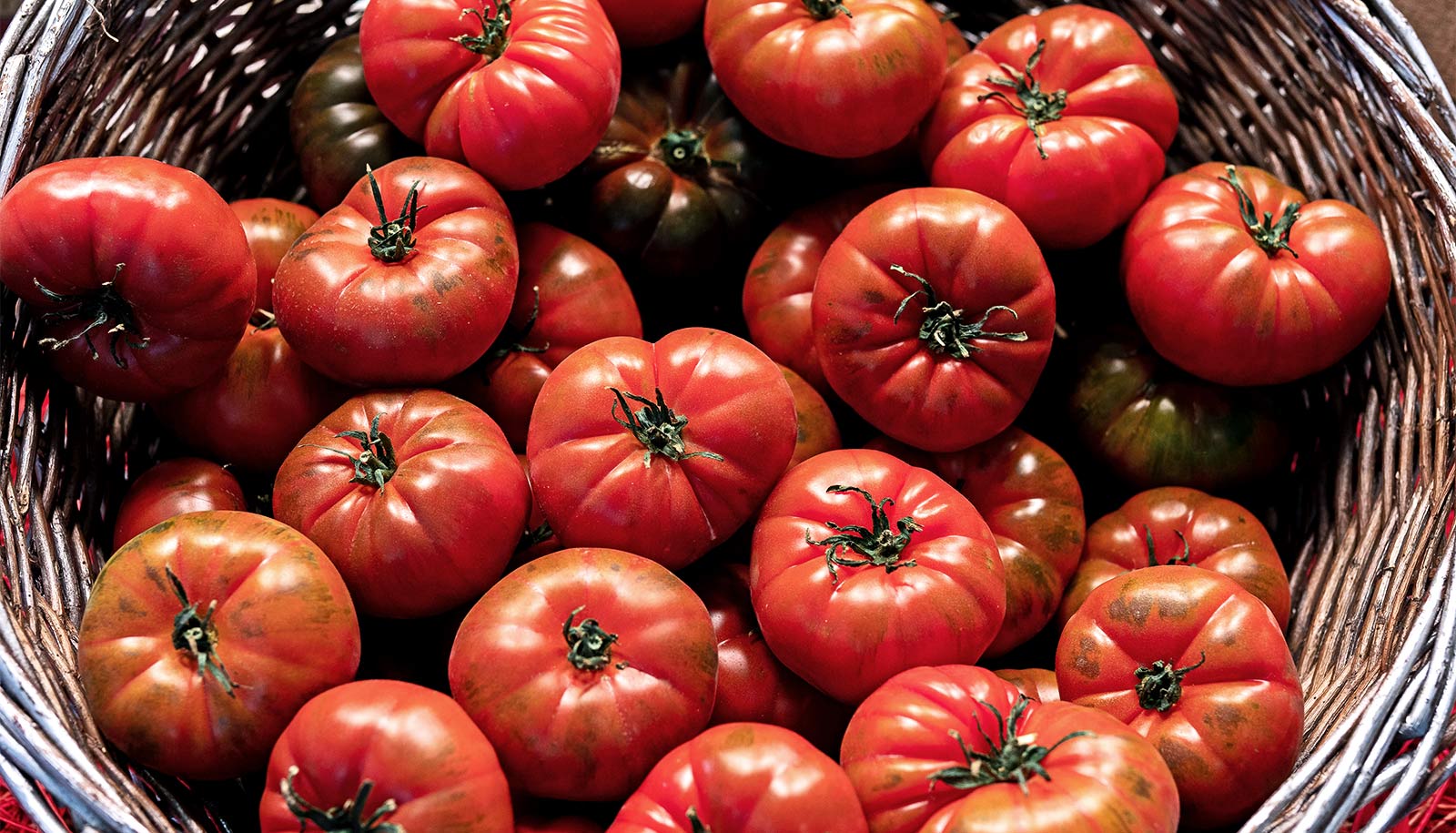Wild radishes and other plants can go to impressive lengths to protect their young.
In a new study in the Proceedings of the National Academy of Sciences, researchers show that wild radish plants turn on different anti-predator genes during key phases of their lives in response to predation from caterpillars.
Moreover, the plants can also pass these “on-demand” defensive strategies on to their offspring to prepare them for the predation they are likely to experience as seedlings and adults.
Scientists have known that parent plants can pass helpful defenses to their offspring, but how plants allocate these defenses over time and across generations is poorly understood.
Understanding how plants protect themselves matters to humans for lots of reasons, says senior author Rodolfo Dirzo, professor of environmental science at Stanford University.
For example, aspirin, morphine, and the heart medication digitalis are a few of the many drugs derived from chemical defenses plants created. Plants’ natural defenses can also be exploited by humans to protect crops and for pest management.
“The history of humanity has been heavily influenced by the evolution of plant-insect interactions,” says Dirzo, who is also a senior fellow at the Stanford Woods Institute for the Environment.
Plant defenses
Plants arm themselves with toxins, spines, and other chemical and physical defenses to keep plant-eating animals, known as herbivores, at bay. But defenses can be costly for plants to produce, so they often spend their resources on anti-herbivore defenses only when it benefits them most.
In plants, the genes responsible for generating anti-predator defenses are often “turned on” via a chemical “switch” called DNA methylation. DNA methylation is an example of an epigenetic (“epi” meaning “on top of”) mechanism that modifies gene behavior without altering the underlying DNA sequence of the genes themselves.
When Mar Sobral joined Dirzo’s lab as a postdoctoral scholar in 2011 she began investigating how predation can affect heritable epigenetic changes.
In a study published in March 2021 in Frontiers in Plant Science, the team showed that wild radishes were much more likely to produce flowers with pink or purple flowers if their parents were attacked by caterpillars.
“Apparently, the epigenetic changes linked to increased physical and chemical defenses can also induce changes in pigment production because they have related pathways,” says Sobral, who is now a researcher at the Universidade de Santiago de Compostela in Spain and is first author of both studies.
Voracious caterpillars
In order to delve deeper into how plants evolve and pass defenses to their offspring in response to predation, Sobral, Dirzo, and Isabelle Neylan, a former undergraduate in Dirzo’s lab, designed a multigenerational greenhouse experiment to explore interactions between wild radish plants and their top predator, the cabbage butterfly caterpillar.
In wild radishes, anti-predator defenses manifest as bristly leaf hairs and toxic mustard oil. The team wanted to know how wild radish plants allocate their physical and chemical defenses as seedlings and adults, and how heightened defenses during a particular life stage may be transmitted across generations.
The greenhouse experiment enabled the researchers to explore their questions in a controlled environment—they allowed only cabbage butterfly caterpillars to graze on the wild radish plants, and gave the plants ample light, water, nutrients, and a constant temperature.
The researchers hypothesized that wild radish plants would turn on defenses in response to caterpillar attacks. They also predicted the offspring of plants that caterpillars attacked would have more defenses and would be more likely to produce defenses when attacked by caterpillars.
Lastly, since seedlings are fragile and more likely to be lethally damaged in this life stage, the team predicted that the ability to induce defenses would be strongest in seedlings.
Wild radish call to arms
The researchers tested their predictions using 160 wild radish plants and scores of voracious caterpillars. They allowed the caterpillars to attack plants for two weeks during two key life stages—when seedlings had produced their first two leaves, and when adult plants bloomed. For comparison, a sample of control plants was kept free of caterpillar attack.
The researchers estimated the effectiveness of each plants’ physical defenses by counting the density of hairs on leaf samples. Their chemical defenses, in the form of mustard oil exuded from the leaves, were also collected and analyzed. Finally, the leaf tissue of both attacked and non-attacked plants were analyzed for signs of DNA methylation.
The study confirmed that DNA methylation is a chemical call to arms in wild radish plants and that attacks by hungry caterpillars trigger DNA methylation in parent plants and in their offspring.
The experiments on the offspring of attacked wild radish plants revealed wild radishes’ physical and chemical defenses were easily turned on by predation at the seedling stage. However, only chemical defenses—not physical defenses—were deployed by the adult plants in response to attack.
“There were several surprises,” says Sobral. “We didn’t expect that adult plants can be induced to produce defenses and can display the defenses they inherited from their ancestors. We assumed these processes were mainly happening at the seedling stage.”
Discovering that wild radish plants can turn on anti-predator defenses as seedlings and adults, but that adults can only use chemical defenses, was also a surprise; it was generally thought that only seedlings can turn on anti-predator defenses.
This study helps inform our understanding of the many, complex plant-insect interactions on Earth, the researchers say.
“About 50% of the species scientists have discovered and named on the planet are composed of ‘higher’ plants (such as ferns, conifers, and flowering plants) and the insects that feed on them,” Dirzo says.
And those are just the species we know about, he pointed out. “Thus, their interactions represent a central feature of Earth’s biodiversity,” he adds. “We cannot understand the diversity of life on Earth without understanding the interactions between plants and the organisms that feed on them.”
Additional coauthors are from the Consejo Superior de Investigaciones Científicas in Spain and Black Hills State University in South Dakota. Stanford funded the work.
Source: Stanford University



